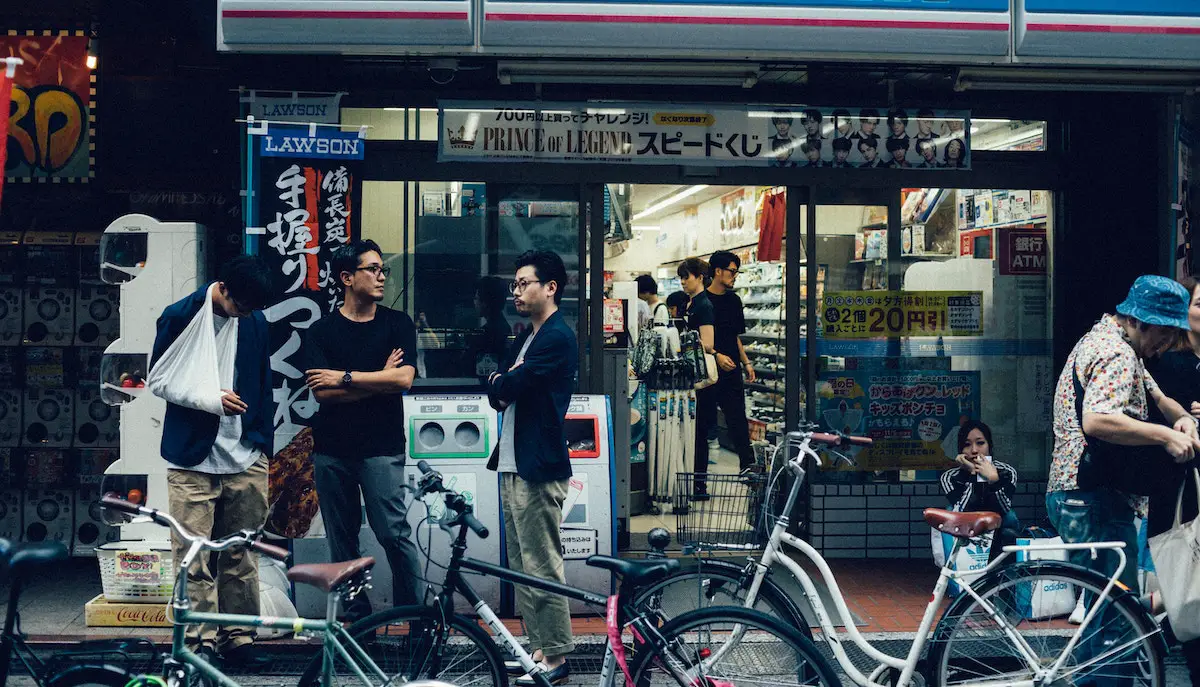Living in a city can have many environmental benefits. In theory, urban living can result in a reduced carbon footprint, primarily from reduced private transport demand and energy savings from dense buildings. When populations centre on cities, the green space surrounding them can be liberated for nature and agriculture. And when people live and work closely together, social, economic and creative benefits are made possible.
This doesn’t mean that cities are the source of all good ideas. As the world continues to urbanise, it’s easy to forget about the villages, towns and other small developments around the world that are undergoing their own sustainability revolutions. Here’s a few that our cities could learn from.
Parismina, Costa Rica
Parismina is a small village with a population of around 600 people in the central American country of Costa Rica. Located on the Caribbean coast, the village has no roads and is accessible by boat or plane. The sole automobile is a tractor, used locally for refuse collection. The town’s economy is built around tourism, likely due to the level of isolation created by a lack of roads. While challenging to imagine viable political and infrastructural journeys for some of the world’s cities to become car-free zones, increased pedestrianisation at the very least could be a priority. Parismina shows that car-dependence is not the only way to build a healthy economy.
Sekem, Egypt
Launched in the 1980s as a large agricultural project, Sekem – located north of Cairo – has grown along a co-operative model. Education facilities from nursery to university are provided to the 2,000 people who work in the village along with financial services and project management support for those looking to launch their own sustainable developments. Organic farming methods are both followed and taught, with infrastructure development underway to enable to region to produce energy from renewable sources, although currently energy needs are met by the grid.
Rock Port, USA
Energy independence from renewable sources is a goal of many regions, but one small town in America has already done it. With a declining population – hovering around 1,200 in 2017 – Rock Port in Missouri decided to do something bold to put themselves back on the map. Local resident Eric Chamberlain began recording wind data, eventually using his findings to bring a business case to a wind power developer. There are now four wind turbines in the town, linked to the grid and providing more energy than the town requires. Chamberlain hopes the new focus of the town will not only provide renewable energy and energy independence but give young people both viable jobs and a reason to stay in the town.
Chew Magna, United Kingdom
The strangely-named Chew Magna, located in south-west England, is home to around 1,200 people. Often cited by British press as the country’s greenest town, Chew Magna’s residents have committed to reducing their environmental impact and achieving zero waste. Residents are encouraged to buy food locally, with guides produced and events hosted that aim to introduce residents to producers within a ten mile radius. The local vegetable-box scheme proved so successful that additional agricultural land needed to be purchased to meet demand. One small town can’t halt the environmental impact of global issues, but it can introduce others to concepts and systems that make major change possible.
Bundanoon, Australia
In 2009, the town of Bundanoon in the Australian state of New South Wales banned commercially-bottled water. All local shops supported the ban, instead selling reusable bottles to be refilled for free at newly-installed water fountains. Many of the town’s residents marched through the town in September of that year, celebrating their environmental sustainability advancements. Campaign spokesman John Dee said:
While our politicians grapple with the enormity of dealing with climate change, what Bundanoon shows is that at the very local level we can sometimes do things to bring about real and measurable change.
Plastic production and disposal is energy intensive and polluting. Billions of city-dwellers and city regions could easily follow Bundanoon’s lead.
Vauban, Germany
Home to around 5,000 people, the German town of Vauban was constructed in the mid-1990s as a model district for sustainable living. All buildings have low energy requirements, and 100 are fitted out to stringent PassivHaus standards. Cars aren’t banned, but the town’s design encourages trips to be taken on foot or by bike. Over 50% of residents don’t own a car, in part as the town is linked to the nearby city of Freiburg by a tram line. Vauban has been the focus of many studies, with countries all over the world looking at implementing the German town’s methods in their own cities.
Image: Ben Beiske. This is an updated version of a post originally published in September 2010.


